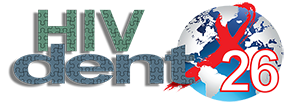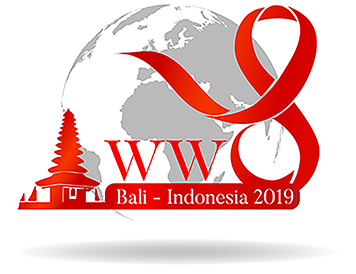Nur Tsurayya Priambodo1, Kharina Widowati1, Isidora Karsini Soewondo1, Dwi Setyaningtyas2, Nafi'ah2
Departement of Oral Medicine, Faculty of Dental Medicine, Universitas Hang Tuah Surabaya, Indonesia
Departement of Oral Medicine, Department of Dentistry, Navy Hospital Dr. Ramelan Surabaya, Indonesia
Abstract
Background: HIV/AIDS is a phenomenon rather like an iceberg, with far fewer people (above the water line) reported to have the disease than is actually the case when the whole of the iceberg becomes visible. About more than 60% of people with HIV and 90% of AIDS have oral manifestations, one of which is Acute Necrotising Ulcerative Gingivitis (ANUG). ANUG causes damage to the gingival margins and interdental papillae that is acute, painful, and bleeds easily as well as creating a distinctive halitosis. The prevalence of ANUG is lower than other oral manifestations, so many health workers pay less attention to it even though oral manifestations can make it easier to spot early clinical signs, determine staging and predict morbidity of people with HIV/AIDS.
Purpose: To discuss oral manifestations of ANUG in HIV/AIDS patients.
Case: Male patient, 37 years old, came to the Oral Medicine Clinic, at The Dr. Ramelan Naval Hospital. His main complaint was an ulcer at the gingival margin, accompanied by bleeding, extreme pain and halitosis. Such patients can have difficulty eating and talking. The patient's general condition was very weak. Low CD4+.
Examination history: Extraorally, examination of the submandibular gland, found it to be palpable, soft and painful. Intra-oral examination of the gingival margin of region 13 there is an ulcer accompanied by spontaneous bleeding, reddish color, clear boundaries, irregular edges, it feels very painful.
Case management: Based on the patient's medical history, clinical examination and a low CD4+ count, the patient was referred for an antibody VCT test because it was suspected that the patient had HIV. The patient was given chlorherxidine gluconate mouthwash 0.2%, to be used four times a day.
Conclusion: ANUG has a close relationship with the development of HIV/AIDS. It is hoped that dentists will pay more attention to oral manifestations, especially ANUG because it can make it easy to show early clinical signs, determine staging and predict morbidity of people with HIV/AIDS.
Keywords: Acute Necrotising Ulcerative Gingivitis, HIV/AIDS, CD4+


